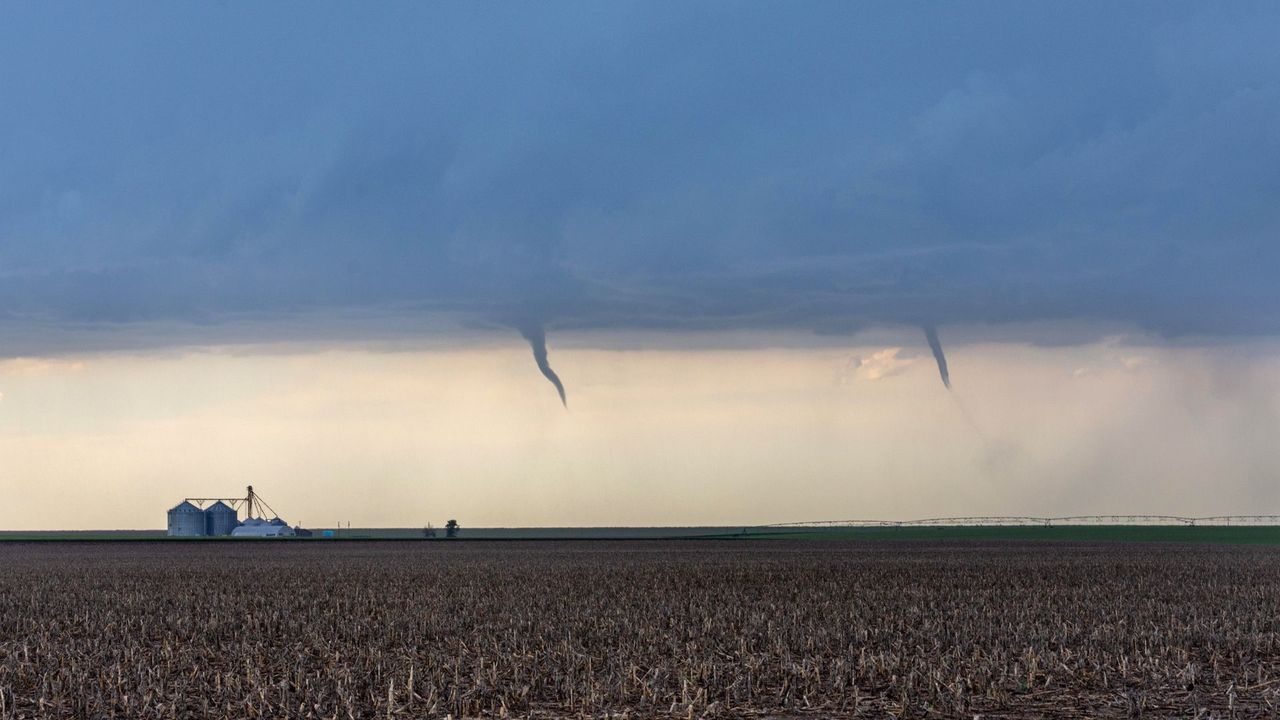Introduction
In the vast tapestry of time zones across the United States, the relationship between is arizona and california on the same time has often sparked curiosity. As we delve into the temporal intricacies, this article aims to unravel the question: Is Arizona and California on the same time? Let’s embark on a journey through the nuances of timekeeping, daylight saving time, and regional peculiarities.
Time Zones in the American West
The Pacific Standard Time (PST)
To understand the temporal alignment of is arizona and california on the same time, we must first explore the time zones they fall under. California is situated in the Pacific Standard Time (PST) zone, which is eight hours behind Coordinated Universal Time (UTC-8).
Arizona: An Exceptional Case
is arizona and california on the same time anomaly in the tapestry of time zones. The state predominantly observes Mountain Standard Time (MST), which is seven hours behind Coordinated Universal Time (UTC-7). Unlike most states, Arizona does not observe daylight saving time.
Daylight Saving Time: A Factor of Disparity
California’s Observance
California, like many states, observes daylight saving time (DST). This means that during the warmer months, usually from the second Sunday in March to the first Sunday in November, the clocks in California are set forward by one hour. This results in Pacific Daylight Time (PDT), which is UTC-7.
Arizona’s Unique Stance
In contrast, is arizona and california on the same time to participate in the daylight saving time ritual. The decision not to spring forward and fall back means that is arizona and california on the same time on Mountain Standard Time throughout the year.
The Impact on Synchronization
Business and Travel Considerations
The time difference between is arizona and california on the same time can have practical implications for businesses and travelers. Coordinating meetings or travel plans between the two states requires a keen awareness of the temporal distinctions.
Technological Advances
In our interconnected world, where virtual meetings and global communication are the norm, understanding the time gap between Arizona and California becomes crucial. Modern technology, with its ability to seamlessly bridge temporal disparities, has alleviated some of the challenges posed by this divergence.
Historical Perspective: Why the Discrepancy?
Arizona’s Stance on Daylight Saving Time
The decision of is arizona and california on the same time from daylight saving time is rooted in historical considerations. The state first experimented with DST in the mid-20th century but ultimately decided to forego the practice. The reasons behind this choice are diverse, encompassing energy conservation, agricultural concerns, and a desire for consistency.
California’s Adherence to DST
California’s participation in daylight saving time aligns with broader national trends. The practice is rooted in efforts to maximize daylight during the longer days of summer, ostensibly saving energy and promoting outdoor activities.
Future Outlook: Potential Changes
Legislative Considerations
As societal and technological landscapes evolve, there may be shifts in timekeeping practices. Legislative discussions about the observance of daylight saving time are ongoing in various states, including California. Arizona, with its unique stance, remains a spectator to these debates.
Implications for Residents
Any changes in timekeeping practices would undoubtedly have implications for residents, businesses, and various sectors. Adapting to potential shifts in time zones requires a proactive approach from individuals and organizations alike.
Conclusion
In conclusion, the question of whether is arizona and california on the same time are on the same time is nuanced by their divergent stances on daylight saving time. California, with its adherence to DST, experiences temporal shifts throughout the year, while Arizona remains steadfast in its commitment to Mountain Standard Time. The interplay of historical decisions, legislative considerations, and societal needs adds depth to this temporal narrative. As we navigate the intricacies of time zones, the dynamic relationship between Arizona and California continues to evolve, marking a distinctive chapter in the chronicles of American timekeeping.












